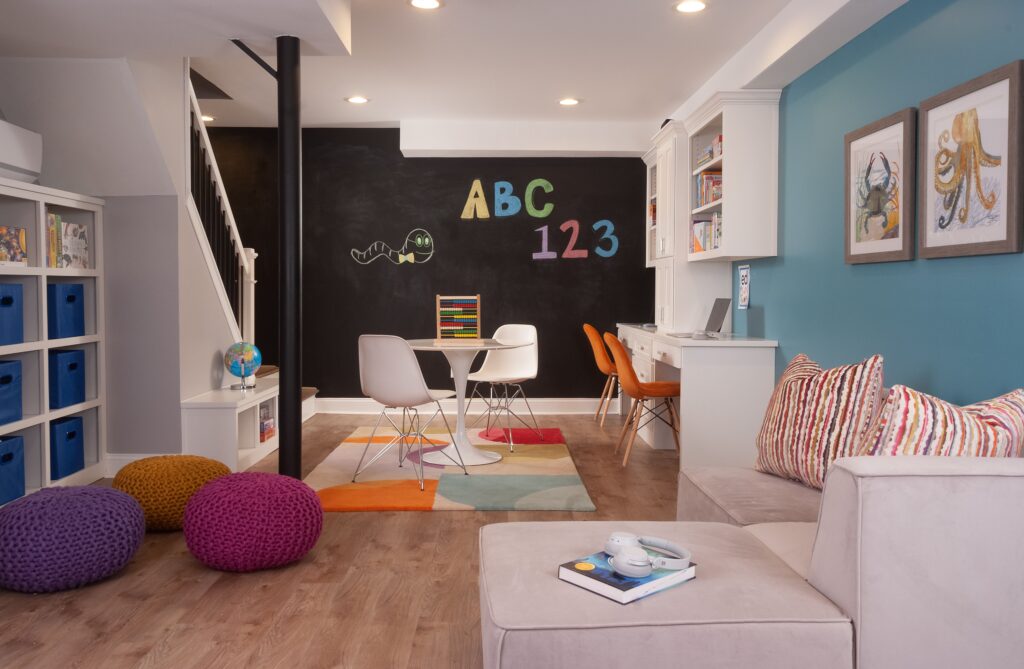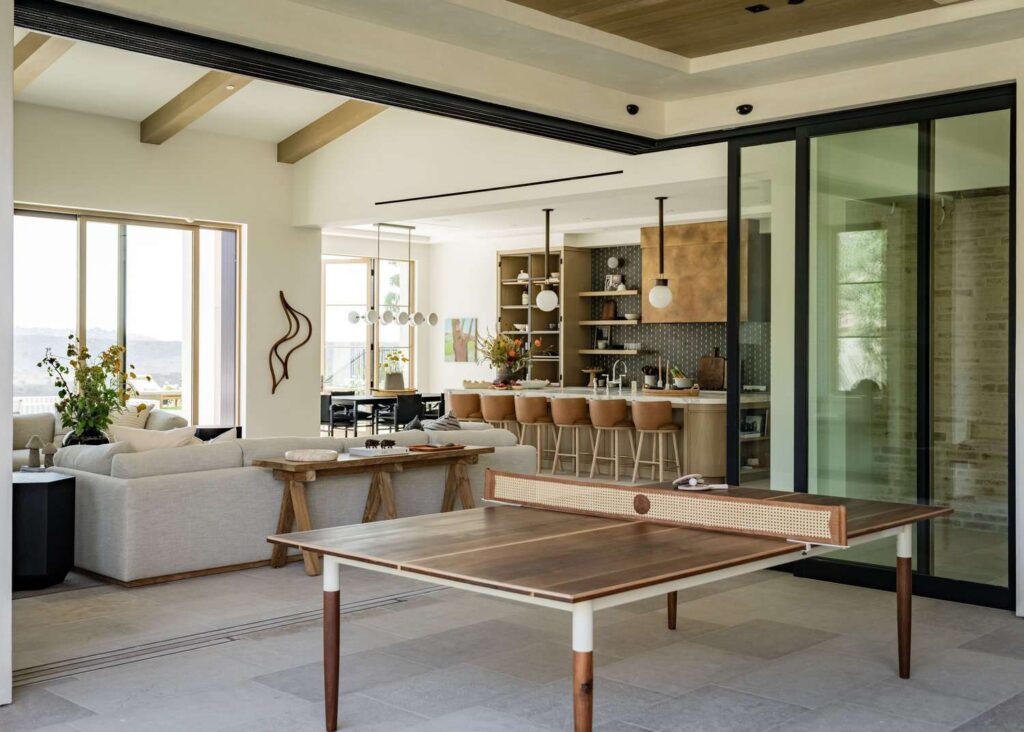
Multipurpose rooms are the unsung heroes of modern homes, offering flexibility and functionality. Whether it’s a guest room that doubles as a home office or a living room that moonlights as a workout zone, these spaces are all about making the most of what you have. But combining uses without creating chaos? That’s the real challenge. Here are some design strategies to help you create harmony in your multipurpose space.
1. Define Zones with Purpose
The first step to a balanced multipurpose room is clearly defining zones for each activity. Use area rugs, lighting, or even furniture placement to visually separate spaces. For example, a desk and ergonomic chair in one corner can designate the work zone, while a plush armchair and side table in another corner create a cozy reading nook.
Pro Tip: Choose a consistent color palette for the entire room to keep it feeling cohesive even as it serves multiple functions.
2. Opt for Dual-Purpose Furniture
When space is tight, let your furniture do double duty. Look for pieces like a sofa bed for guests, a storage ottoman that hides clutter, or a wall-mounted desk that folds away when not in use.
Example: A sleek daybed with hidden drawers underneath can function as seating during the day and a guest bed at night.
3. Make Smart Storage a Priority
Clutter can quickly ruin the functionality of a multipurpose space. Incorporate ample storage to keep things tidy and organized. Built-in shelves, under-bed storage, and labeled bins are lifesavers for stashing away items.
Pro Tip: Add baskets or decorative boxes to open shelving for an attractive way to keep smaller items out of sight.

4. Choose Flexible Decor
Your decor should adapt as easily as the room does. Stick to lightweight furniture that’s easy to move and modular pieces that can be rearranged as needed.
Idea: Use curtains or folding screens to temporarily divide the room when needed, adding both privacy and visual interest.
5. Keep It Comfortable
Since this space serves many purposes, comfort is key. Invest in good lighting options, including task lighting for work and soft, ambient light for relaxation. Layer in cozy textiles like throws, pillows, and rugs to make the space feel inviting.
6. Personalize It
A multipurpose room doesn’t have to feel utilitarian. Add personal touches like artwork, plants, or meaningful objects to make it uniquely yours. These details can create a sense of harmony and connection, even in a busy space.

Final Thoughts
Designing a multipurpose room is all about balance. By thoughtfully planning zones, investing in versatile furniture, and prioritizing organization, you can create a space that serves your needs while remaining stylish and inviting.
Remember, the goal is to make your space work for you. With a little creativity and smart design, your multipurpose room can become the most dynamic and functional spot in your home.

